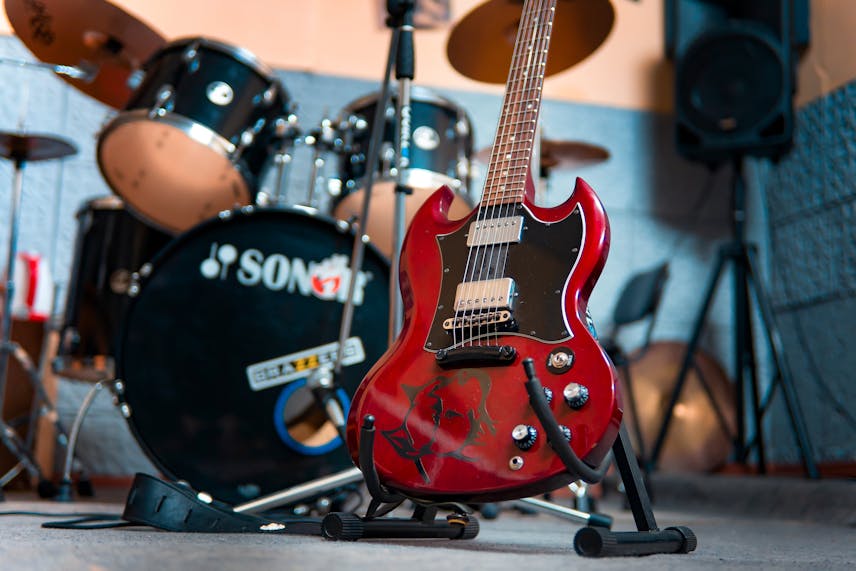When it comes to creating the perfect LOFI music track, the use of drums cannot be overstated. The subtle, yet profoundly impactful presence of drums in LOFI music sets the rhythm and mood, acting as the heartbeat of this soothing genre. The art of integrating drums into LOFI music involves understanding their unique role and how they contribute to the genre’s signature sound.
The Significance of Drums in LOFI Music
Drums have always been an essential part of music production, but in the context of LOFI music, they take on a more nuanced role. In contrast to genres where drums are front and center, LOFI drum patterns tend to be understated and mellow. This characteristic laid-back approach to percussion is what helps establish the chilled-out ambiance that LOFI music is known for.
Choosing the Right Drum Sounds
Selecting the appropriate drum sounds is crucial for crafting a genuine LOFI track. Producers often lean towards softer, lo-fi drum kits that feature samples with a touch of vinyl crackle or tape hiss. These elements provide a warm, vintage feel that’s synonymous with LOFI music. The kick drum, snare, and hi-hats are the core components of a LOFI drum kit, each bringing its own texture to the composition.
Programming LOFI Drum Patterns
Programming drum patterns in LOFI music is about subtlety and simplicity. The tempo is usually slow to moderate, creating a relaxed vibe. The kick drum sets a gentle pace, while the snare adds a soft, syncopated backbeat. Hi-hats and other cymbals are used sparingly, often with a shuffled or off-kilter pattern to enhance the laid-back, offbeat feel of the track.
The Impact of Drum Loops and Breaks
Drum loops and breaks are a staple in LOFI music. They provide a sense of nostalgia and authenticity, harking back to the genre’s roots in hip-hop and sample-based music. A well-chosen drum loop can serve as the foundation of a LOFI track, around which the other elements are structured. Breaks sampled from old records are particularly prized for their raw, unpolished sound that’s perfect for LOFI.
Drum Processing Techniques for LOFI Music
Once the right sounds and patterns are in place, processing techniques are applied to further shape the drums’ character. Techniques such as bit crushing, EQ filtering, and saturation are used to degrade the quality of the drum samples intentionally, giving them an aged, lo-fi effect. Reverb and delay are applied with a light touch, adding depth and space without overwhelming the mix.
Creating a Cohesive Groove
The groove of the drums is what ultimately ties a LOFI track together. It’s the subtle swing and groove that make the track feel organic and human. Producers often manually adjust the timing of drum hits to create a lazy, dragging rhythm that’s characteristic of LOFI music. This humanization of the drums makes the music resonate with listeners on a deeper, more emotional level.
Incorporating live-recorded drums can also add an authentic touch to a LOFI music track. The imperfections of live recording, such as timing discrepancies and variations in velocity, contribute to the music’s organic feel. For producers who prefer programming their drums, techniques such as varying the velocity of drum hits and introducing micro-timing shifts can mimic the feel of a live drummer.



